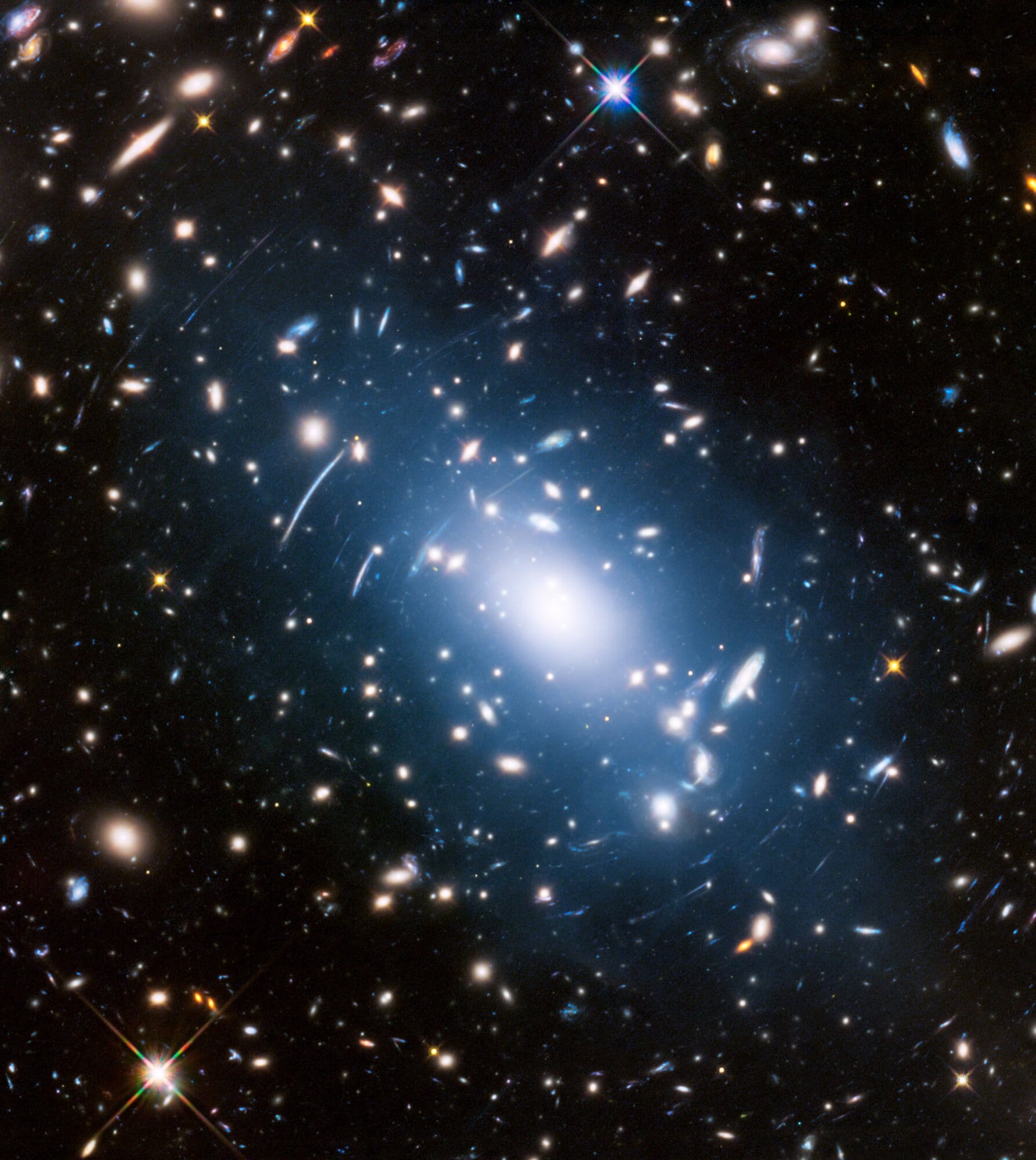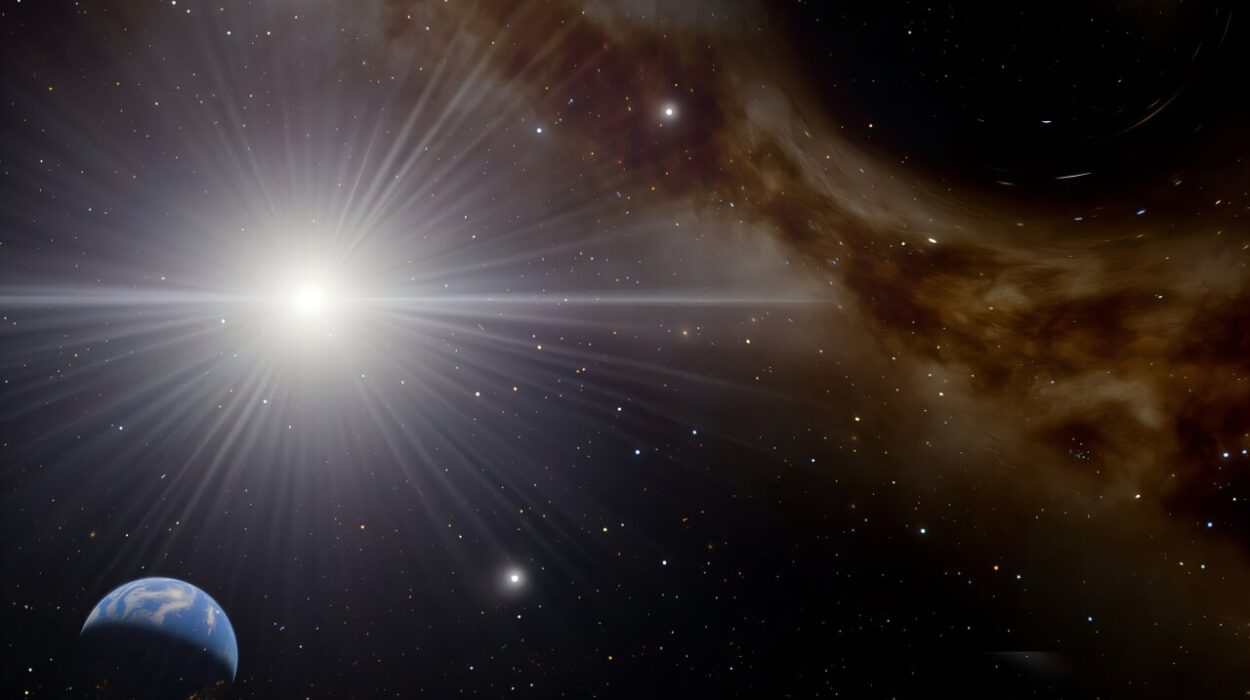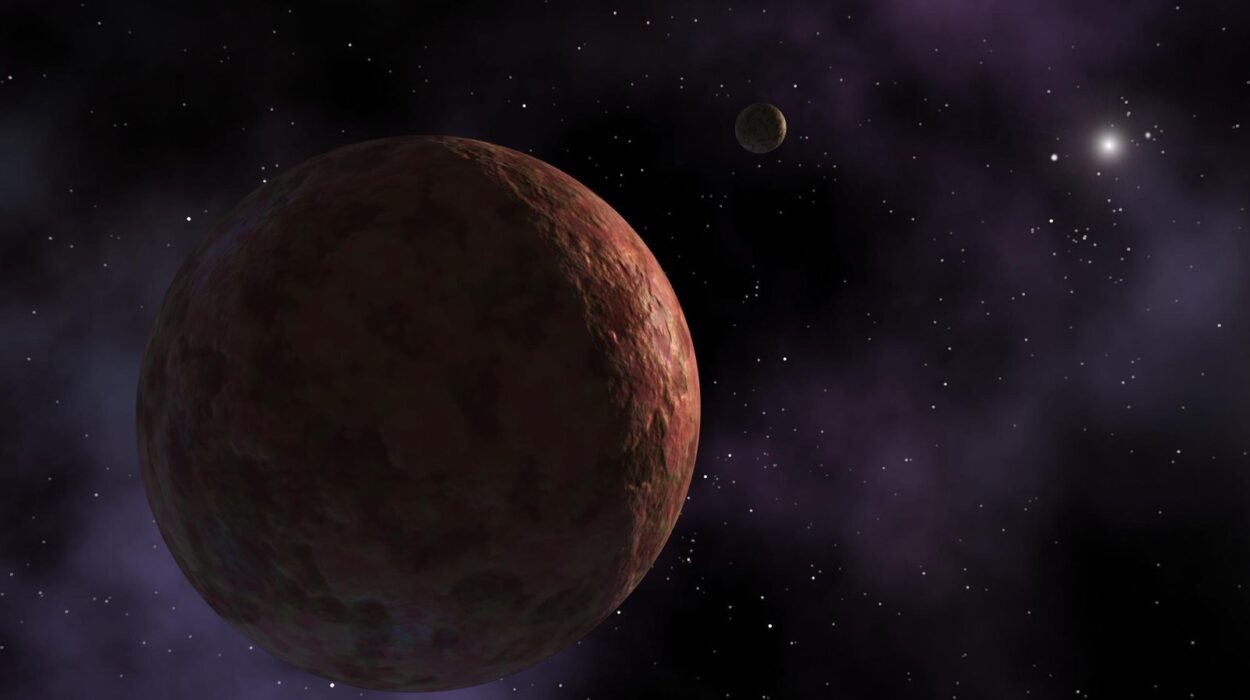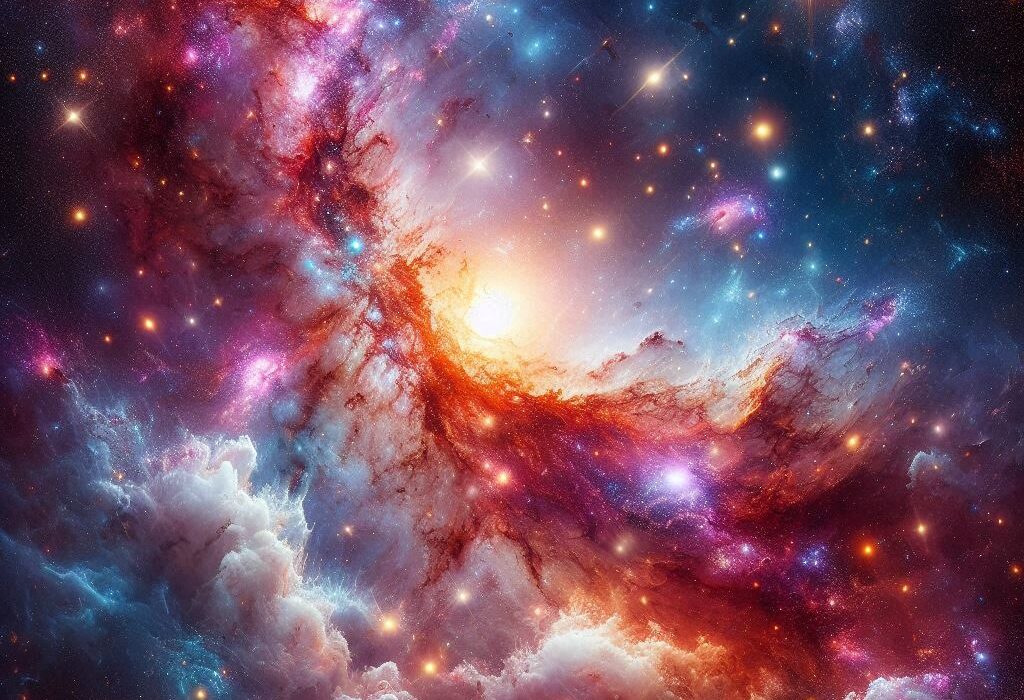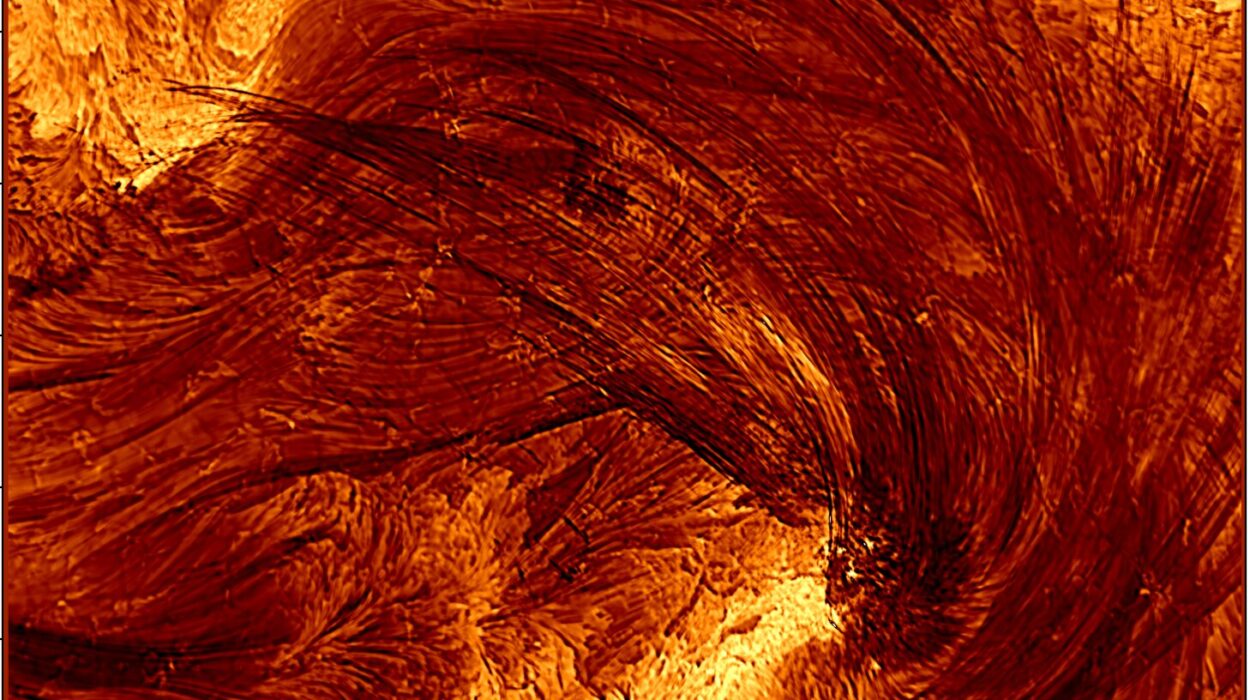In the vast, dark expanse of the universe, where light has barely begun to filter through the cosmic fog, one of the most profound and enduring mysteries looms: dark matter. Though we can’t see it, dark matter makes up about 85% of the universe’s mass, influencing everything from the formation of galaxies to the very fabric of spacetime itself. Yet, despite its overwhelming presence, scientists have struggled for decades to understand what it actually is.
One of the leading candidates in this cosmic puzzle has always been primordial black holes (PBHs)—tiny, dense objects that could have formed in the earliest moments of the universe, shortly after the Big Bang. If PBHs are real, they might be responsible for some of the strange gravitational effects attributed to dark matter. But how do we know for sure? And how can we connect these primordial black holes to the birth of the very first stars?
A recent paper by a team of researchers at the University of California, Santa Cruz (UCSC)—Julia Monika Koulen, Stefano Profumo, and Nolan Smyth—sheds new light on the potential role of PBHs in the early universe, offering new insights into both the formation of stars and the dark matter that surrounds us. Their findings, published on the arXiv preprint server, reveal a stunning, paradoxical truth: PBHs might have either sped up or slowed down the birth of the universe’s very first stars. And their role could hold the key to unlocking the mysteries of dark matter.
Dark Matter and the Birth of Stars
To understand how PBHs fit into this story, we first need to venture into the farthest reaches of cosmic history—the birth of the first stars. After the Big Bang, the universe was a cold, dark place. But as it expanded and cooled, clumps of gas and dust began to form. Eventually, these dense regions would give birth to the first generation of stars—known as Population III stars. These stars were unique because they were composed entirely of hydrogen and helium, with no metals (elements like carbon, oxygen, or iron) to speak of. These stars are believed to have formed in what are called “minihalos,” small clumps of dark matter that served as the gravitational well in which the first stars could ignite.
Since we’ve never directly observed Population III stars, much of our knowledge comes from simulations—complex computer models that attempt to recreate the conditions of the early universe. The UCSC team’s paper aims to refine these models, incorporating primordial black holes into the picture. If these black holes existed, they could have interacted with the minihalos, either boosting star formation or suppressing it, depending on their size and number.
PBHs: The Cosmic Wildcards
Primordial black holes are an intriguing candidate for dark matter because they could account for some of the gravitational effects we observe but cannot explain through ordinary matter. If they exist, PBHs would be scattered throughout the universe, ranging in size from relatively small objects—just a few times the mass of the Sun—to supermassive black holes that could dwarf entire galaxies.
But the tricky part? PBHs are incredibly hard to detect directly, as they don’t emit light like stars or galaxies. Instead, their existence is inferred from their gravitational effects on surrounding matter. The UCSC researchers have used highly detailed simulations to model how these black holes might have interacted with the gas and dust that formed the first stars.
Here’s where it gets fascinating: the researchers discovered that PBHs could play two very distinct roles in the early universe.
1. PBHs as Seeds: A Quick Start for Star Formation
When massive PBHs—those at least 100 times the mass of our Sun—are present in large quantities, they could act as gravitational seeds that speed up the formation of stars. These supermassive black holes would intensify density fluctuations in the early universe, making the formation of minihalos more likely and earlier. In other words, these massive PBHs could trigger star formation much earlier than previously thought, allowing stars to light up the universe at a faster rate.
This is a bold prediction: if large PBHs are abundant, the first stars could have ignited millions of years earlier than our current models suggest. Such a finding would be groundbreaking, and it could be tested by observing the remnants of the first stars, known as Population III stars, using telescopes like the James Webb Space Telescope.
2. PBHs as Suppressors: Slowing Down Star Formation
But the story of PBHs doesn’t end there. The UCSC team also found that smaller PBHs, with masses around 10 times that of the Sun, can suppress star formation. How? The smaller PBHs, though not as massive, still exert a gravitational influence, and they can increase the temperature of surrounding gas through a process called tidal heating. As the gas heats up, it becomes less likely to cool and collapse into the dense cores that would eventually form stars.
However, the plot thickens. If there are enough small PBHs in the early universe, their cumulative gravitational pull could cause a very different effect: rather than suppressing star formation, the Poisson effect would cause the gas and dust to clump together more rapidly, accelerating the formation of stars once again.
This dual role—acting as both accelerators and inhibitors of star formation—makes PBHs a particularly tricky player to study, as their impact on the early universe depends on their size and abundance.
Why It Matters for Dark Matter
This research does more than just advance our understanding of how the first stars formed. It also has profound implications for our search for dark matter. Since dark matter doesn’t emit light, it’s invisible to current telescopes. But its presence is felt through its gravitational influence on visible matter—such as galaxies and galaxy clusters.
If PBHs are confirmed as dark matter candidates, it could revolutionize our understanding of the universe. These black holes might not only help explain how the first stars formed but could also serve as a tracer for the distribution of dark matter throughout the cosmos.
Ultimately, the key to answering these questions lies in future observations. The James Webb Space Telescope and other instruments, like the Square Kilometer Array (SKA), are poised to give us the data we need to test these hypotheses. With 21-cm cosmology and high-resolution imaging, scientists will be able to peer into the ancient universe and gather the evidence needed to confirm or refute these predictions.
Looking Ahead: The Dawn of New Discoveries
As we await new data, one thing is certain: the universe holds more secrets than we can yet imagine. The research conducted by Koulen, Profumo, and Smyth represents just one piece of the puzzle, but it’s a piece that could help us understand the very fabric of reality itself—from the first stars to the elusive dark matter that binds it all together.
As the universe continues to reveal its mysteries, we may find that primordial black holes are not just relics of the past—they could be key players in the dark, invisible forces shaping the cosmos.
Reference: Julia Monika Koulen et al, Primordial Black Holes and the First Stars, arXiv (2025). DOI: 10.48550/arxiv.2506.06171
